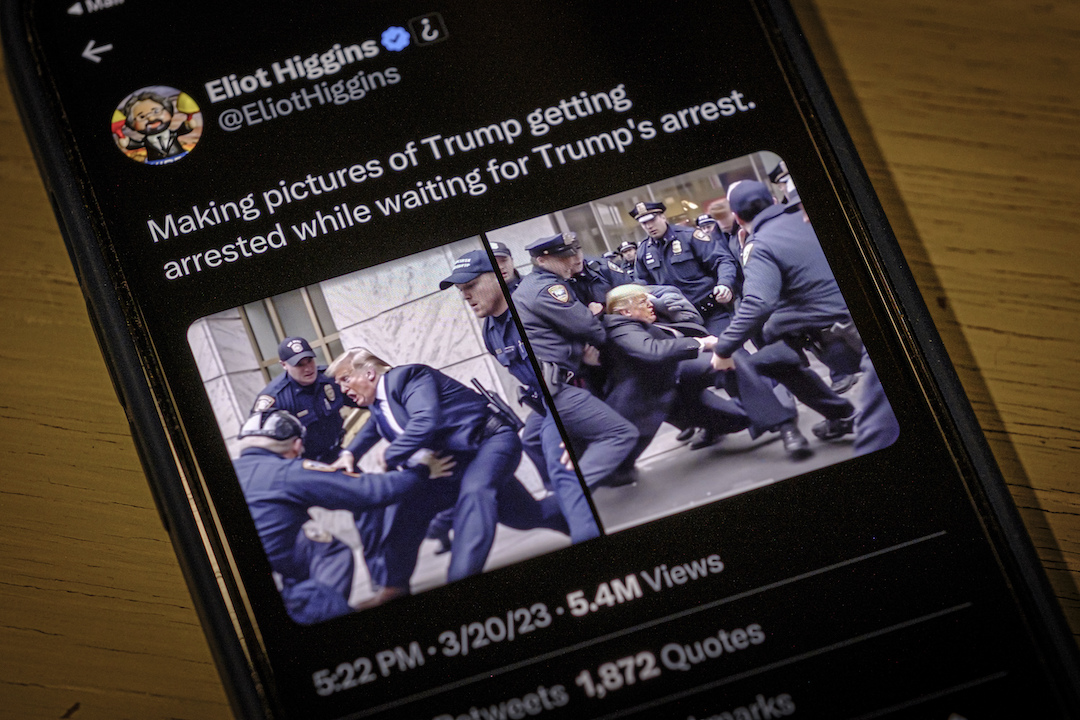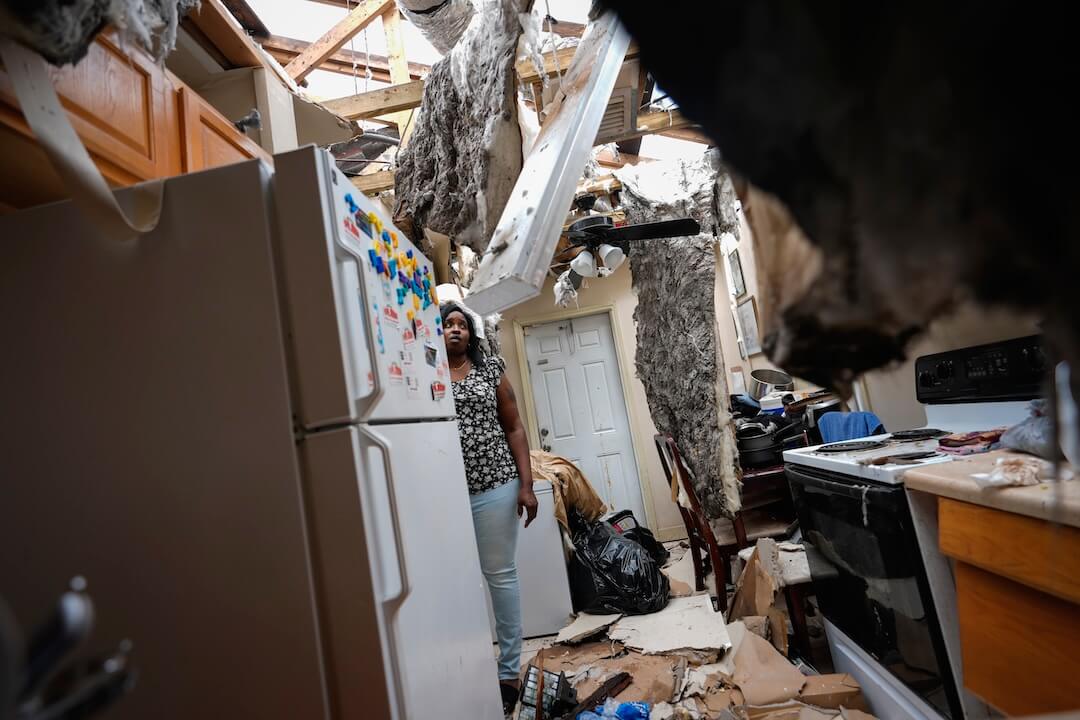Six-lane divided highways, strip malls and “love bugs” mark the drive to the Gainesville Sun building, two stories of stained white concrete that is mostly empty. Behind palm trees and swaying Spanish moss, next to a mostly unused parking lot, the stand-alone structure is a marker of local journalism’s vulnerability as well as a testament to its tenacity.
Home to the Florida city paper’s diminished editorial and advertising staff, the Sun building also hosts a New York Times editing office and our destination: the offices of the Independent Florida Alligator, the student newspaper of the University of Florida. With daily news online and a print version three times a week, the Independent Florida Alligator — operating independently from the school’s administration since 1973 — has been a training ground for student journalists since 1906.
Early in our first session on a Friday afternoon, we begin to hear just how important the word “independent” is to the student journalists at the Alligator. They repeat it often as they talk about their news operations’ work to tackle stories both on campus and around the city and county, to hold the powerful accountable and to investigate the root causes of headline-grabbing controversies. Top editors provide regular staff trainings and aggressively pursue funding to close budget gaps that forced them to cut back on the number of their print publications last year.
Eighteen student editors and reporters give up their Friday afternoons and 16 forego their Saturday mornings to learn more about and commit their energies to the Poynter-supported project they will work on for the next two semesters. They come to learn about the CMP, which focuses on building accountability, civil conversations and community through journalism. They eagerly share inspiration about what they believe are the values of accountability journalism and then develop a plan to put those values into action as part of a specific, long-term project designed to build connections and understanding across their own community divides.

Before an hour passes, one staff member rails against a world of “journalism-is-dead” haters, then stakes a claim on the future of news that is both humane and fierce.
Before two hours have passed, the students share stories about people who inspired their disparate pathways to the same newsroom; and they begin to scratch at the surface of the big question that their project explores:
How has their school, the University of Florida, impacted the city of Gainesville over time, and what does that impact mean for the school and the city today — and tomorrow?
Before the end of day one, students settle on a headline for their project:
“Who is Gainesville?”
While tens of thousands of UF students occupy a good portion of the city — and the top 10 public university continues to grow rapidly — generations of residents feel the impact — for good, for bad and forever. We discuss topics reporters have seen and experienced as well as topics that pique their curiosity:
- How do UF student demographics compare to Gainesville’s demographics? What about faculty demographics?
- What are the economic impacts of the school on the local business community?
- How many Gainesville public school students attend UF?
- Does Gainesville have educational achievement gaps and/or professional wage gaps along racial, ethnic and gender lines?
- How has the physical scope and size of UF changed the geographic footprint of Gainesville?
- What is the cultural history of Gainesville and is that history reflected in UF?
- What is the cultural history of UF and its relationship with Gainesville residents?
- Where exactly is that dividing line between the university and Gainesville?

Day two brings new questions and new perspectives to the room, both figuratively as we delve into story gathering techniques and best uses of different media tools and literally as staff members who could not attend the first day join the group, fill in gaps of reporters covering weekend events.
We discuss how a journalist’s tone and choice of questions can greatly influence cooperation and understanding — both of which are essential building blocks of accountability journalism. First, students offer their thoughts on a video of press conference that exemplifies what can go wrong between sources and journalists from a single question; then, they consider how the repercussions of what can seem like a simple misstep can reflect much larger community tensions with roots in a segregated past — and present.
At UF they see an obvious parallel: In spring 2018 graduation, a university official manhandled minority graduates off the graduation stage, making headlines around the world. While school administrators report that more than minority students were rushed offstage, Alligator reporters saw Black students grabbed and hustled off-stage as they practiced their time-honored Greek traditions of carefully choreographed strolls as they walked to pick up their diplomas. While the world was shocked by the tone-deaf actions, Alligator staff members were not surprised. Following the 2016 election, they had seen racial slurs posted around campus and a defaced Black History Month poster; they had heard from minority students who had been cornered by a white supremacist. They also recalled an exhausting year of covering a string of protests and speakers, including Richard Spencer and Dinesh Disouza, on campus.

One reporter who was at the graduation ceremony shares the anger and pain she felt as she watched Black students being rushed offstage while the UF president, and other leaders in their academic regalia, stood by silently. To her, the graduation remains a physical manifestation of the administration’s lack of understanding and respect for minority students.
The majority white staff of the Independent Florida Alligator grapples with what they see are inequities around them. While 20 percent of the population of Gainesville is Black, just 6 percent of UF students are. Segregationist founders and administrators have left long trails — and memorials — on the Florida campus. Cultural centers for minority students have been razed and plans to rebuild them stalled while new construction for sports teams’ homes accelerates.
The student journalists have more questions than answers as they dig deeper into the potential scope and impact of “Who is Gainesville?”
As Fara and I hug these new partners goodbye, we encourage that questioning and look forward to helping students find answers as they build a project for the year — and with the right leadership, for years to come — that signifies more of a “movement” than a “moment” for the journalism of today and tomorrow.
Editor's note: This story has been updated to include the full posting.






